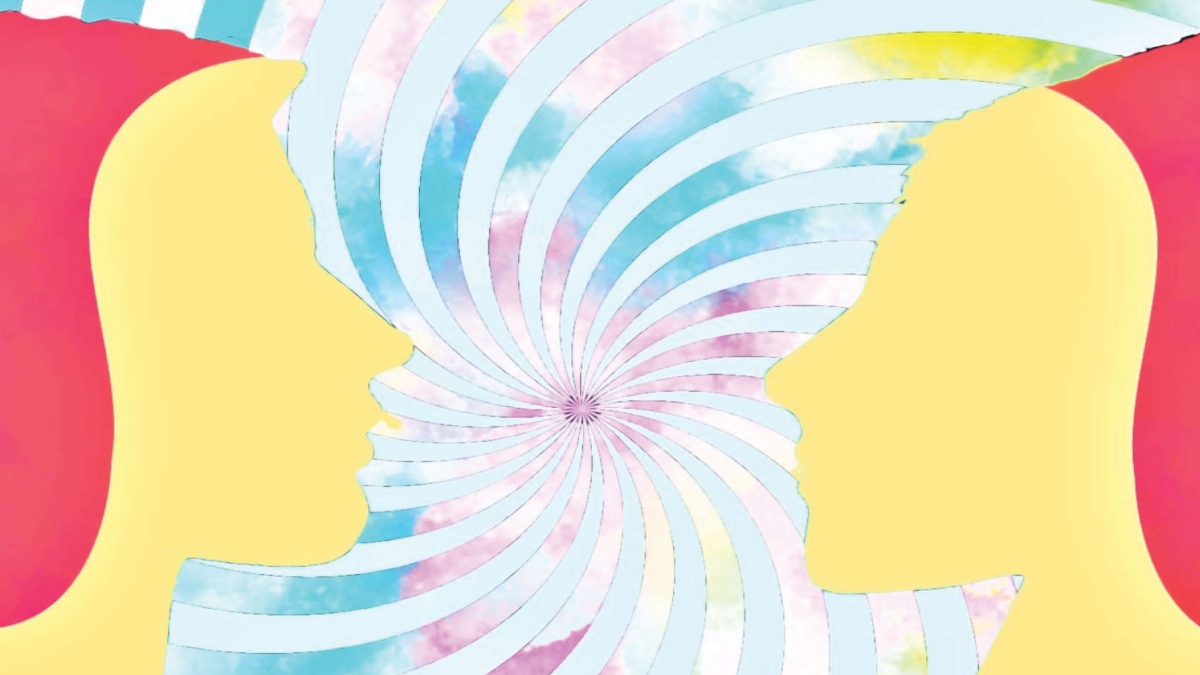


The art of meaningful conversation is based on being able to establish a common ground with the person I talk to, irrespective of age, culture, social or educational background. This is especially important when the outcome is crucial or the topic difficult.
I have had the great fortune to visit almost 100 countries and interact with people from many cultures and traditions. We all had much more in common than may be imagined. The answer to a question that was posed to the most diverse of audiences, ‘What is important in a good relationship between two human beings?’, elicited a similar reply from scientists in Greece, saleswomen in Argentina, indigenous villagers in Bolivia, workers in India and monks in Korea. They all replied that respect, trust, honesty, empathy and so on were the key factors.
Mothers love, and suffer, with their children everywhere. Taxi drivers in Sydney, Istanbul or Madrid get angry in the same way for probably the same reasons. Both, the chief executive and the receptionist of the same company, want to be happy if they can, to love and be loved if possible, and seek to understand and be understood. Underneath the skin colour, the creed, the language and the way of life, we value and aspire to the same things. After all, we are all human beings before the roles we play.
If I want a meaningful conversation and one that avoids all the possible misunderstandings and conflict of viewpoints, then I have to stand back and see the common ground, where I can meet others as they are and without any prejudice.
I especially have to understand that the image I carry in my mind of them is probably not them at all. If I talk to the image I have of them and they talk to the image they have of me then neither of us really speaks to the self behind the image.
The one I am talking to may have a mind that is different from mine, and intellect that works on a different level and a set of personality traits that has little to do with mine, so how can my vision see beyond that and see what is behind that?
By seeing the soul within. I connect as I, the soul, the eternal spiritual being, and I talk to the soul within the one who I am addressing, and that is when real common ground, common understanding, can be enjoyed. This is the challenge; but what rewards await if I am able to meet this challenge!
Ken O’Donnell is an author and the director of Brahma Kumaris’ services in South America.